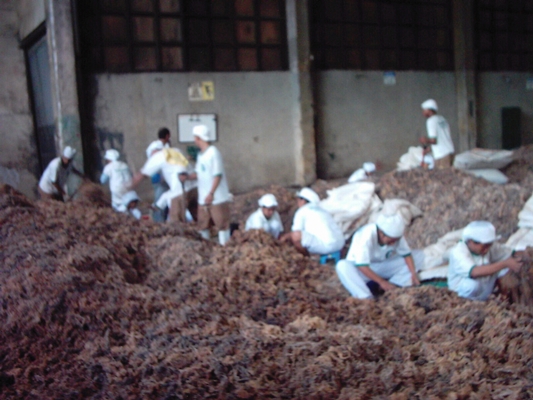To address the shortage of the Eucheuma spinosum in the country, the Benson Dakay Foundation allocated P5 million to help Bohol’s seaweed farmers to increase their harvest.
The farms in Bohol were damaged by supertyphoon Yolanda last year and farmers are still recovering from the devastation, said Pierre C. Dakay, Shemberg Corp. chief executive officer and vice president for internal affairs of the Seaweed Industry Association of the Philippines (SIAP).
Bohol is a major producer of the Eucheuma spinosum variety with about 80 percent of the country’s supply coming from the farms there.
“We need to get back the supply we lost due to the storm because the demand is growing still. It’s an opportunity lost,” Dakay said.
He said the P5 million assistance they will give to the farmers in Bohol will be used to help them replant and hopefully harvest more in the coming months.
Compared to Eucheuma cottonii, the Eucheuma spinosum is cheaper, which Shemberg Corp. is using to produce the alcohol-precipitated iota carrageenan that is used in products like toothpaste.
“We (Shemberg) are a major producer of the alcohol-precipitated iota carrageenan which has a huge market in the world,” he said.
According to Dakay, cottonii and spinosum are varieties of seaweed from which the gelatinous substance called carrageenan is derived which is often used in food, cosmetics and pharmaceuticals products.
Dakay said the country produces more of the spinosum variety while Indonesia makes more of the cottonii, which is more abundant there.
In an earlier interview SIAP chairman Max Ricohermoso said that the damage caused by Yolanda ranged from P1.6 billion to P2.8 billion and affected about 6,400 hectares of seaweed plantations.
Because of that, seaweed production decreased by 11 percent last year compared to 2012’s aggregate year production of 1.75 million metric tons.
Ricohermoso emphasized the need to recover fast and at the same time increase the production by 30 million metric tons every year to avoid importing.
Dakay said this could be challenging considering that children of most seaweed farmers in the country are no longer going into farming.
“They ended up doing other jobs and that will soon have an impact to our production. There is a need for more investments into seaweed farms and also to make farming in our country more efficient,” said Dakay.
Major markets seaweed from the country include China, United States of America and France.
“The Philippines currently has 14 active seaweed processing firms. Over half of the country’s national seaweed output comes from Mindanao especially Zamboanga,” said Ricohermoso.
He added that Zamboanga exports mostly dried seaweeds while Cebu is known for processing and exporting carrageenan.
Disclaimer: The comments uploaded on this site do not necessarily represent or reflect the views of management and owner of Cebudailynews. We reserve the right to exclude comments that we deem to be inconsistent with our editorial standards.





